-300.jpg)
Surprising, thrilling, enchanting – under the artistic direction of Chus Martínez, the works in this biennale show a genuine heartfelt passion for the world in which we live.
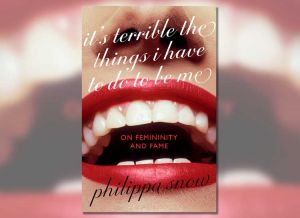
In a series of essays about pairs of famous women, the cultural critic Philippa Snow explores the connections between them and the distinction between person and persona.

A rare London show of an elusive queer pioneer captures a quieter side of his unpredictable practice.
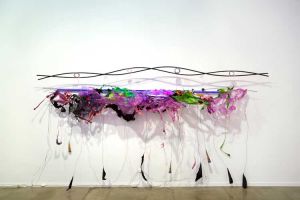
This elegantly composed exhibition celebrates 25 years’ of awards to female artists by Anonymous Was a Woman and emphasises how creative practice has changed over time.
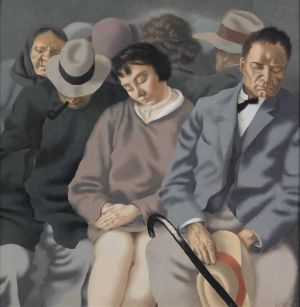
The first of its kind, this vast show is a stunning tour of the realism movement of the 1920s and 30s, bringing together artists from across Europe.
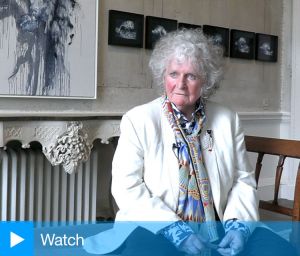
Maggi Hambling’s new and highly personal installation, Time, in memory of her longtime partner, Tory Lawrence, opens the first arts and culture programme at Norfolk’s 18th-century Wolterton Hall as part of the exhibition Sea State.
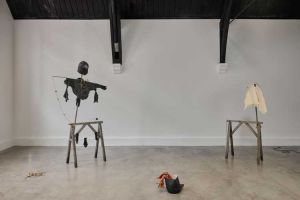
The artist takes us on a deep, dark emotional dive with his nihilistic installation that references obscure religious books, occultism, folk revivalism and sexual politics through a typical mixture of found and repurposed materials.
-4-300.jpg)
Complex, multilayered paintings and sculptures reek of the dark histories of slavery and colonialism in the first major UK retrospective of the Guyanese British artist.
-300.jpg)
Shown in the context of the historic paintings of Dulwich Picture Gallery, Jones’s new paintings extend the iconography of the mouth in modern art.
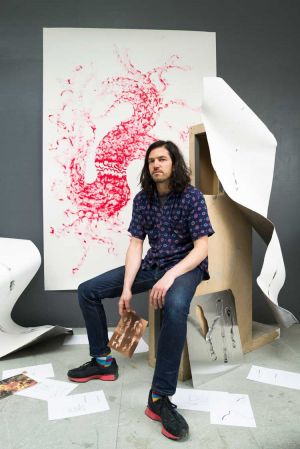
His work has included lighting 1,000 candles and getting two horses to pull a car. Now, he is using his dismantled childhood bed in one show and dancing in overalls laden with coins in another. He explains his interest in blurring the boundaries between media, and what attracts him to performance art.
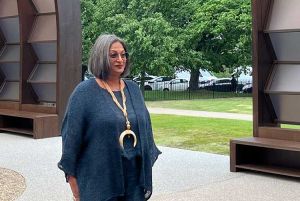
The award-winning Bangladeshi architect behind this year’s Serpentine Pavilion on why she has shunned ‘flashy buildings with instant appeal’ and instead built a mosque and housing for refugees.
Hufton+Crow_14-300.jpg)
Diller Scofidio + Renfro has turned the 2012 Olympics broadcasting centre into a sparkling repository for the V&A’s collection. A new kind of statement building where the excitement is all on the inside, this hybrid of archive and museum an amazing building that foregrounds the visitor experience.

This nocturnal exhibition organised by the Onassis Foundation’s cultural platform transforms a public park in Athens into a space for encountering artworks at night.

Three well-attended museum exhibitions in San Francisco flag a subtle shift from the current drumbeat of art thrown together in protest to a timeless aesthetic freed from agendas and concerns for diversity, equality, and strife to ravish the eye and stir the heart.

This dazzling exhibition on the centenary of John Singer Sargent’s death celebrates his versatile brilliance and enduring legacy.

Through film, sound and dance, the artist’s continuing investigative project takes audiences on a journey to the deep, focusing on the environmental issue of deep-sea mining.

At the Rijksakademie’s annual Open Studios event during Amsterdam Art Week, we spoke to three artists about the work they have produced during their residency.

AYO reflects on her upbringing and ancestry in Uganda from her current position as a resident of the Netherlands, using sculpture, sound and performance to create an in-between space of ambiguous, embodied translation.

Eniwaye Oluwaseyi paints figures, including himself, friends and members of his family, within compositions that explore the transience of identity.

Nora Aurrekoetxea focuses on her home in Amsterdam, disorienting domestic architecture to ask us to contemplate the way it shapes us and ingrains itself in our bodies and psychology.

Known for her tapestries, body parts and folkloric motifs, Kiki Smith talks about meaning, process, and why it’s important that a work should have enough in it to take care of itself.

Britain’s greatest postwar painter has a belated German homecoming, which captures the remarkable presence of his work.

Martin Gayford’s engrossing book is a goldmine of quotes, anecdotes and insights, from why Van Gogh painted on tea towels to why some artists find it hard to start a work and others don’t know when to stop.
-300.jpg)






-4-300.jpg)
-300.jpg)


Hufton+Crow_14-300.jpg)









